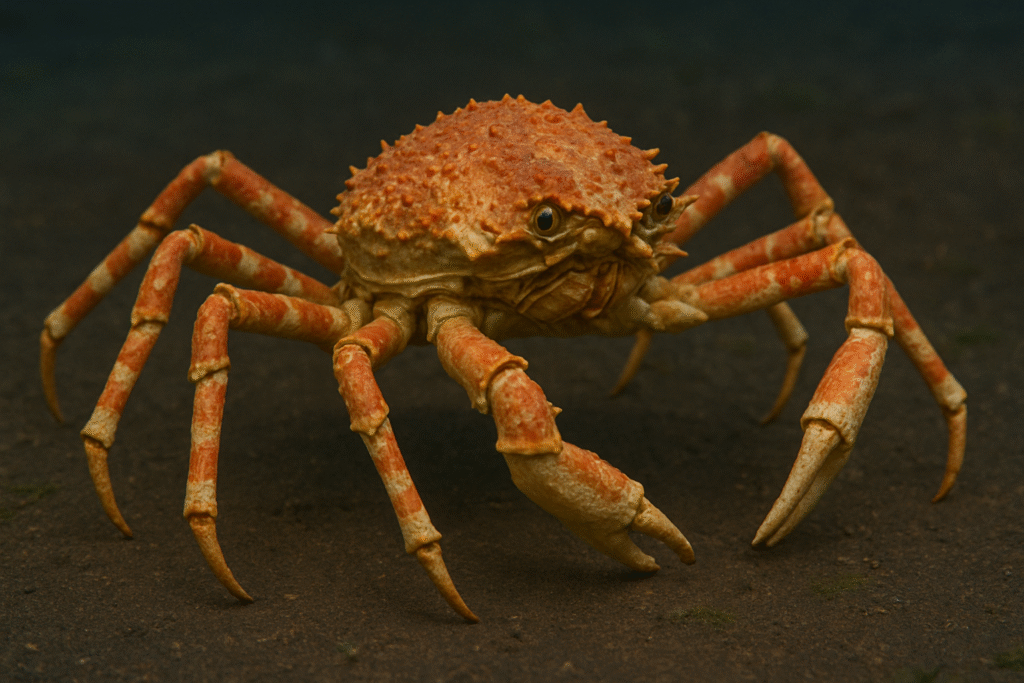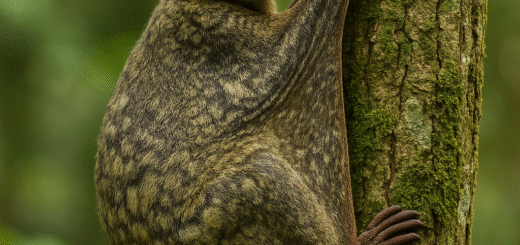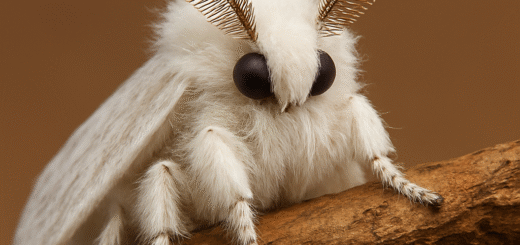Japanese Spider Crab: The Giant of the Deep Sea
The Japanese Spider Crab (Macrocheira kaempferi) is a truly fascinating creature, often called the “giant of the deep.” Native to the waters around Japan, this impressive crustacean is famous for its enormous size, unique appearance, and mysterious lifestyle. In this article, we’ll dive into everything you need to know about the Japanese Spider Crab, from its record-breaking leg span to its behavior, habitat, and conservation status.

What is the Japanese Spider Crab?
The Japanese Spider Crab is a type of marine crab that belongs to the family Inachidae. It holds the title for the largest leg span of any arthropod, stretching up to 12 feet (3.7 meters) from claw to claw. Despite their intimidating size, Japanese Spider Crabs are surprisingly gentle and slow-moving creatures.
Key Facts:
- Scientific Name: Macrocheira kaempferi
- Habitat: Pacific waters around Japan
- Depth Range: 150 to 300 meters (490–980 feet)
- Lifespan: Up to 100 years
- Diet: Omnivorous (dead animals, shellfish, algae)
- Size: Body up to 16 inches (40 cm), legs up to 12 feet (3.7 meters)
Appearance: A Monster with a Gentle Soul
At first glance, the Japanese Spider Crab looks like something straight out of a science fiction movie. Its long, spindly legs and armored body make it appear fearsome, but it is actually quite shy. The crab’s orange-brown coloration and spiny shell help it blend into the ocean floor, offering camouflage from predators.
Habitat: Deep Waters of Japan
The Japanese Spider Crab lives primarily in the waters off the coast of Honshu, Japan, particularly in Suruga Bay. They inhabit deep, cold waters, typically between 150 and 300 meters deep, although some migrate to shallower waters during breeding season in spring.
Behavior and Diet
Despite their size, Japanese Spider Crabs are scavengers. They feed mostly on dead animals, shellfish, and plant matter they find on the ocean floor. Their slow movement and camouflage allow them to avoid predators like octopuses.
During mating season, males and females come closer to the shore. Females can lay up to 1.5 million eggs, though only a small fraction survive to adulthood.
Japanese Spider Crab and Humans
The Japanese Spider Crab is considered a delicacy in some parts of Japan. However, to protect their numbers, fishing bans are in place during the breeding season (typically from January to April).
In recent years, Japanese Spider Crabs have become popular attractions in aquariums worldwide, where their bizarre, majestic appearance fascinates visitors.
Conservation Status
Currently, the Japanese Spider Crab is not listed as endangered. However, overfishing and habitat loss pose potential threats. Continued conservation efforts, including fishing regulations during breeding seasons, are essential for preserving these magnificent creatures.
Fun Facts About the Japanese Spider Crab
- Their legs can regenerate if lost to predators.
- Despite their scary appearance, they are known to be very docile.
- They are among the longest-living crabs, with lifespans reaching up to 100 years.
- Some Japanese Spider Crabs weigh up to 40 pounds (19 kilograms)!
Conclusion
The Japanese Spider Crab is a stunning example of the wonders hiding beneath the ocean’s surface. Its massive size, long life, and gentle nature make it one of the most fascinating marine animals on Earth. Protecting these incredible creatures ensures future generations can continue to marvel at the “spiders of the sea.”








